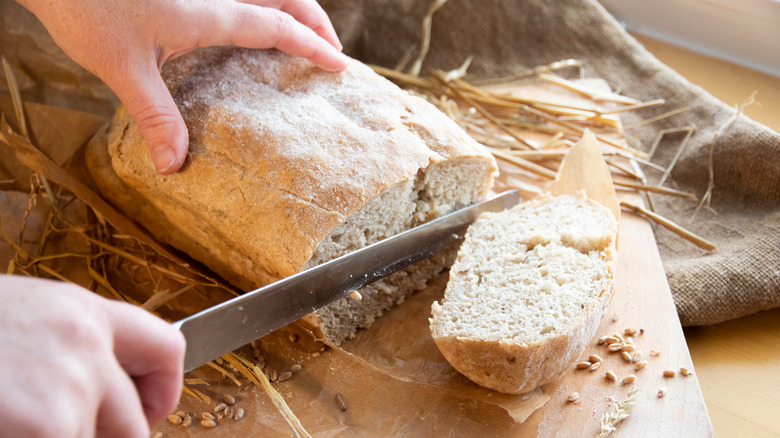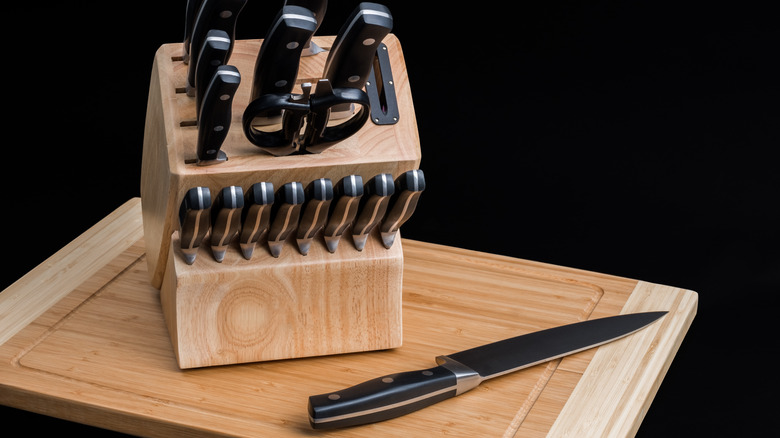What Is A Tang And Why Does It Matter For Your Knives?
When it comes to cooking, having the right tools is essential. Among these tools, kitchen knives are the unsung heroes. Within their construction lies a crucial element: the tang. Understanding the intricacies of a knife's tang can elevate your culinary experience, empowering you to make informed choices for your kitchen arsenal. But first, you need to understand exactly what the tang is and why it is so important to your kitchen knives.
The tang of a knife refers to the portion of the blade that extends into the handle. It serves as the hidden anchor that ensures stability, balance, and durability. This unassuming yet vital component has the power to influence your knife's performance, longevity, and overall handling.
Knife tangs come in two primary types: full tang and partial tang. A full-tang knife boasts a blade that fully extends through the handle in a single continuous piece of metal. The blade of a partial-tang knife, on the other hand, extends only partway into the handle.
Full-tang knives are pretty much universally favored by professional chefs and enthusiasts alike, offering a range of advantages that enhance the experience and safety of chopping, slicing, and dicing in the kitchen. The only real downsides to a full-tang knife are a heavier weight and an elevated price.
How to choose a knife tang
The seamless integration of the blade and handle in full-tang knives makes them remarkably sturdy and resilient. This durability ensures that your investment stands the test of time, while partial-tang knives are hindered by inherent weak spots and break far more easily. A full tang contributes to the knife's overall balance, creating a more comfortable and controlled grip. This equilibrium translates into effortless cuts and movements. Finally, the extended blade also offers increased stability and control. This stability enhances your culinary precision, allowing you to craft intricate cuts with confidence.
When shopping for the right tang, try holding and testing different knives. Feel the knife's balance in your hand. A full-tang knife tends to provide a more substantial, if heavier, feel. A well-balanced full-tang knife tends to distribute weight evenly, reducing strain during extended use. Opt for knives from reputable brands that prioritize high-quality materials. A well-constructed full-tang knife can serve as a lifelong culinary companion.
Ultimately, good knives are an investment not only in your kitchen arsenal but in your culinary mastery as well. So, let the tang of your knife be the backbone of your cooking endeavors, ensuring each cut is a testament to precision and longevity.

